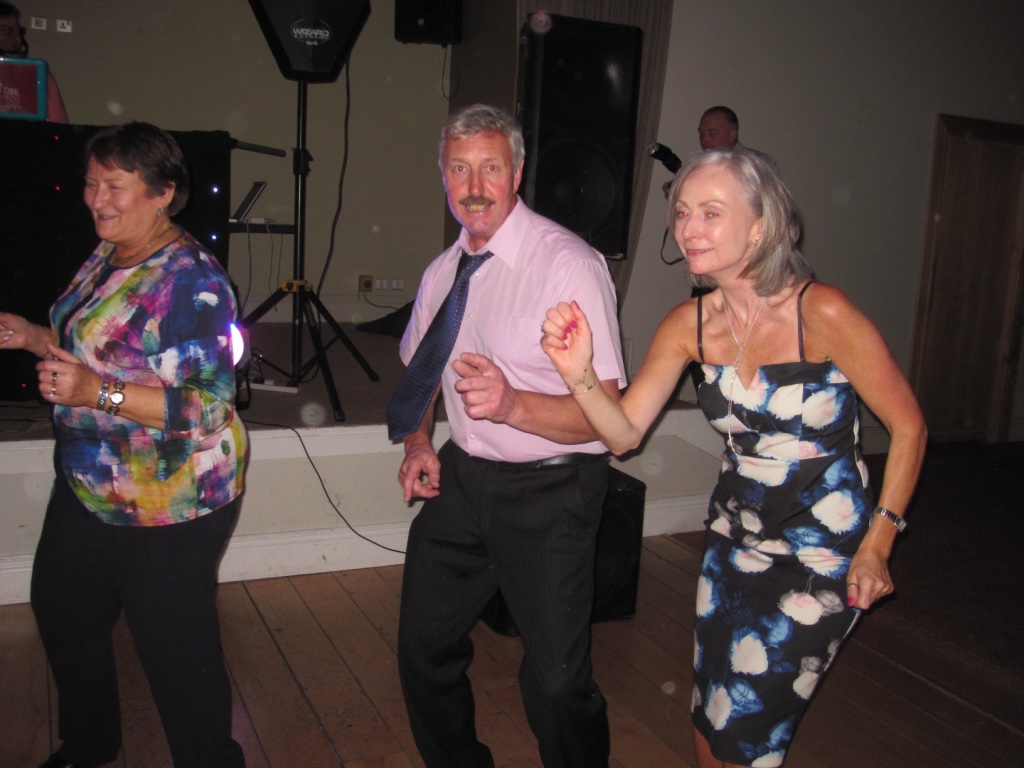The human body can succumb to many different types of arthritis, from inflammatory arthritis such as rheumatoid arthritis to crystalline arthritis (e.g. gout), to connective tissue disease arthritis (e.g. lupus or SLE). However, osteoarthritis (OA) is overwhelmingly the most prevalent type of arthritis not only in Ireland but worldwide.
It has been shown that in certain populations, 17% have symptomatic knee OA, in other words, OA of the knee that causes pain and reduced ability to perform daily tasks. That percentage is almost 1 in 5 people! Osteoarthritis is often referred to in lay terms as ‘wear-and-tear’ arthritis, ‘arthritis of old age’ or ‘degenerative’ arthritis.
| The misconception that OA is a disease of the ‘elderly’ is contradicted by the fact that 70% of sufferers are under 65 years of age and still in, or eligible for, employment. |
With such a common condition in our midst, the expectation is that scientists and doctors are working in droves to find a cure or even a treatment for OA, as they are currently doing for cancer. This expectation is fortified by the fact that a patient with symptomatic knee OA has been shown to have the same quality of life as someone with metastatic breast cancer.
Unfortunately, the reality is very much different. While internationally there is a core group of researchers examining the epidemiology, the underlying causes and potential treatments for OA, this group pales in significance to the number of scientists engaged in research of the other much less prevalent arthritides, like rheumatoid arthritis, and further still to cancer research.
There are many reasons for this disparity. Among them is the absence of a medication that can heal the OA joint and the absence of a ‘biomarker’ or a blood-based product whose level can be measured and used to guide drug development and research into the underlying cause(s) of OA.
The availability of joint replacement with a prosthetic implant (most commonly performed in the knee and hip) resigns many doctors and patients to perhaps pursue sub-optimal treatment of their OA condition.
Unfortunately, knee and hip replacement are a reflection of the collective failure to adequately treat OA before it gets to the stage where the joint has ‘failed’.
Knee and hip replacement is major surgery. Ignoring all of the potential intra-and postoperative complications that can befall the patient, the outcome of a return to a full, active and pain-free life, while the experience of the majority, is not that of a significant minority. Joint replacement should not, therefore, be considered a ‘treatment’ for OA.
The treatment currently offered to patients with OA by the health professionals dealing with the condition is, essentially, palliative care, in other words, a treatment that will help soothe the symptoms of pain but without actually attempting to stop the progression of OA or preventing the need for joint replacement.
Internationally respected groups such as the European League Against Rheumatism (EULAR) and the American College of Rheumatology (ACR) have published their recommendations on how best to treat OA.
These recommendations were made after giving careful consideration to all of the available scientific literature relating to OA. The authors of these recommendations readily acknowledge that the evidence itself is lacking in volume and quality, which relates back to the relative paucity of interest in OA by researchers in general. As a result, most of the treatment recommendations could be considered palliative.
The exception to this is overwhelming support the international groups give to weight loss (in the overweight and obese) and exercise as the most important treatment available for knee and hip OA.
The recommendation for exercise does not exclude those of advanced age, or the moribundly obese. If you are 75 years of age and have been overweight for 20 years, then good news! You are not exempt from pursuing this course of treatment.
There is strong evidence to show that the effect of exercise and weight loss have the same effect on pain reduction as commonly prescribed painkillers such as ibuprofen and paracetamol, while significant improvement in physical function is also attainable.
Exercise, unlike medications, has a much better side-effect profile and is a much safer treatment than pain killers.
How do patients pursue a successful exercise and weight-loss regimen despite having severe pain in their joint(s) which is only exacerbated by activity? How can the medical community address the failure to prevent the progression of OA to the ‘end-stage’ or joint failure? Do doctors need to apply a fresh approach to the treatment of OA?
| For further information please call +353 1 5262371 or email rheumatology@sportssurgeryclinic.com |











